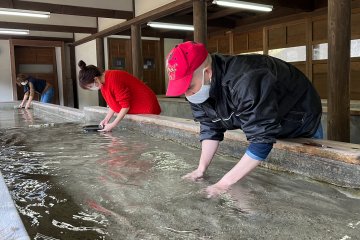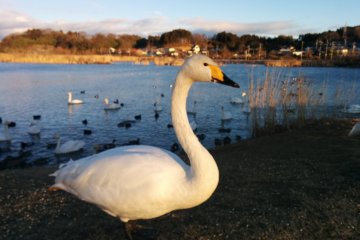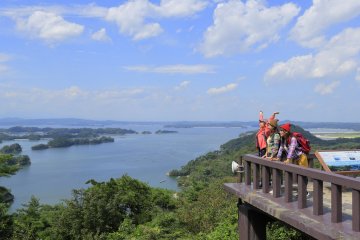There’s nothing like a good nature hike to settle the mind and set the stress of your daily grind aside. Hiking is an exercise of being in the moment and delighting in the present. This is at the heart of the Olle Trails, special hiking courses through nature, coasts, and mountains focused on allowing you to experience the land and seascapes, history, and culture with all your senses, at your own pace. Olle Trails started in Jeju (Korea), often referred to as Asia’s Hawaii due to its breathtaking clear blue beaches, waterfalls, and volcanic topography featuring crater lakes and lava tube caves. “Olle” comes from the Jeju dialect but has now become synonymous with exemplary trekking courses that will simultaneously stimulate you and put you at ease. Miyagi Olle shares the same distinction as the other Olle Trails in Jeju, Mongolia, and Kyushu.
Miyagi Olle has two courses to choose from:
The first course is the Kesennuma/Karakuwa Trail, a 10-kilometer moderately difficult hiking course (4-5 hours) which goes through the dynamic coast of the Sanriku Geopark. The trail goes from the Karakuwa Peninsula Visitor Center at the tip of the peninsula into the northern part of Miyagi Prefecture to Ogama Hanzo, a dramatic marble stone pillar carved by marine erosion. This area is afflicted with a tsunami every 37 years, the worst being in 2011. This trail takes you through a coastline dotted with gigantic rocks ripped from the sea floor in 2011. And yet people still choose to live here both in fear and in harmony with the sea. This reverence for nature is evident in the number of shrines that dot the trail where people pray for the safety of their loved ones who are out at sea.

The second course is the Oku-Matsushima Trail, a 10-kilometer moderately easy hiking course (4 hours) through what has been deemed one of the three most scenic spots of Japan. Matsushima Bay, with 260 small pine-covered islands, is so strikingly beautiful it overwhelmed the famous poet Basho so much he was unable to write any haiku. Albert Einstein who visited Matsushima in 1922 was initially at a loss for words but he eventually regained his composure and said, “No master craftsman could craft such beauty.” The trail begins at Aomina and takes you through prehistoric landmarks dating back to the Jōmon period (about 1000 BCE when Japan was dominated by a hunter-gatherer culture). The trail passes by the Satohama Shell Mound, a prehistoric refuse heap of shells and other evidence of human occupancy. The trail ends in Otakamori where you can enjoy a 360-degree view of Oku-Matsushima.

Both courses are clearly marked by blue and red ribbons, wooden arrows, arrows painted on rocks, and the kanse, a horse-shaped marker pointing the direction of the trail. The Miyagi Olle official website provides more detailed information on trail altitude, highlights, places to eat, and places to stay overnight. These courses are great opportunities to enjoy fresh local seafood and the hospitality of the local people. Every spot on the trail has something of magnificence—all you have to do is to slow down to see it.










